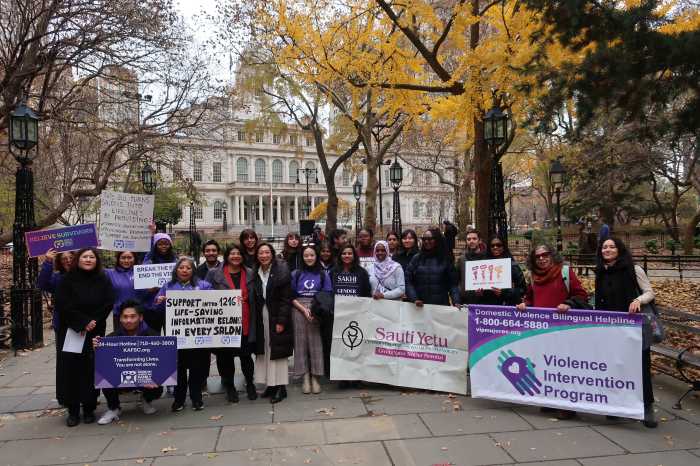If you live with chronic pain, you know that the real costs of pain far exceed the hundreds of billions of dollars spent on treatment efforts or lost to decreased job productivity each year. Pain can have a serious long-term physical and emotional impact, and can affect every aspect of your life.
Finding relief becomes a priority, but many of the estimated 100 million Americans living with chronic pain face high levels of frustration in finding treatment that works for them.
“Many shortfalls in pain assessment and treatment persist, despite humanity’s intimate familiarity with pain throughout history,” according to a 2011 report by the Institute of Medicine (IOM). The report, “Relieving Pain in America: A Blueprint for Transforming Prevention, Care, Education and Research,” cites “gaps in policy, treatment, attitudes, education and research” as reasons for the inadequate management of pain for millions of Americans.
Organizations like the Pain Action Alliance to Implement a National Strategy (PAINS) and many in the health care community are promoting systemic changes to help improve pain care. People living with pain can also take steps to help improve the successful treatment of their pain.
“There is no one quick fix for pain treatment,” notes Penny Cowan of the American Chronic Pain Association (ACPA). “Often, treatment will involve multiple aspects that can range from medication to lifestyle changes. The journey from being a pain patient to thinking of yourself as a person coping with pain can take time.”
“Successful pain treatment is not something that is done to the patient, it’s something that’s done with the patient,” says Bob Twillman of the American Academy of Pain Management. “The person dealing with pain must be an active participant in an integrative approach to treatment.”
Pain treatment is still more of an art than a science, Twillman notes, and people living with pain should realize they’ll need to be persistent yet patient. Pain management is a collaborative effort between the patient, their caregivers and a team of health care providers, Cowan and Twillman agree.
While pursuing a pain management plan that works for you, “focus on what you can do, not on what you can’t,” Cowan advises.
The ACPA outlines 10 steps for people dealing with chronic pain:
1. Accept the pain, learn all you can about your condition, and understand that if there is no current cure, you may need to deal with ongoing pain in your life.
2. Take an active role in your own recovery by following your doctor’s advice and asking what you can do to be a full partner in your own pain care.
3. Set priorities for the things you would like to do; this can provide a starting point to help you get back to a more active life.
4. Establish realistic goals that are within your power to accomplish. Break larger goals into manageable steps. Celebrate your successes.
5. Know and stand up for your basic rights to be treated with respect, make decisions for yourself without guilt, and make mistakes.
6. Acknowledge and deal with your feelings. It can help reduce stress and decrease the pain you feel.
7. Practice relaxation techniques like deep breathing and visualization. Relaxation can help you better manage your pain.
8. Stay active, even when it hurts. Unused muscles feel more pain than toned, flexible ones. Work with your doctor to create an exercise plan.
9. Look at the big picture. Focus on your abilities, not your disabilities.
10. Reach out for help, and to help others. Don’t be afraid to ask for the help you need, and once you find management tactics that work for you share that knowledge with others who are also dealing with pain.
To learn more, visit the website of the American Chronic Pain Association at www.theacpa.org or the Center for Practical Bioethics, co-organizers of PAINS, at www.practicalbioethics.org.



































